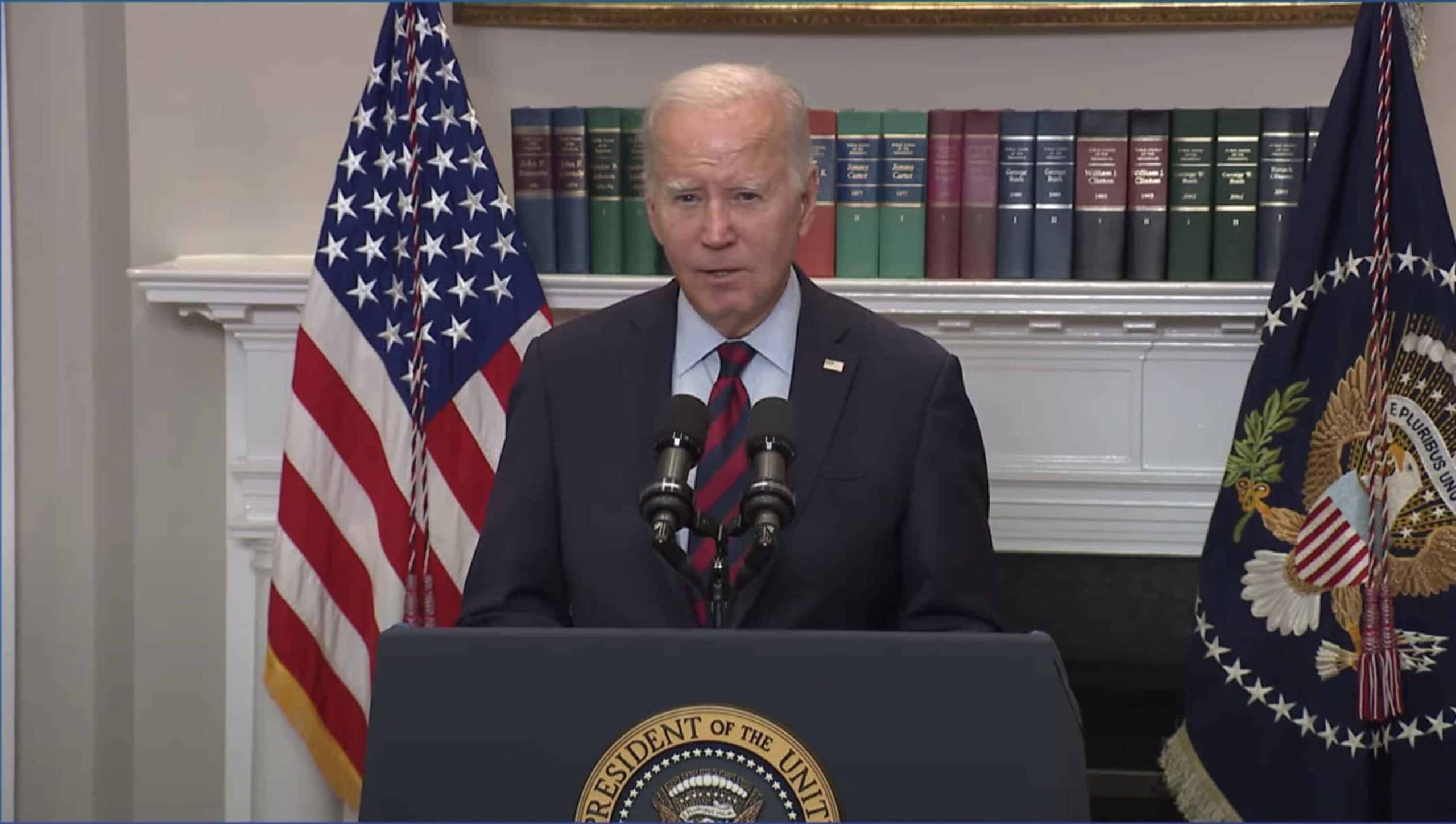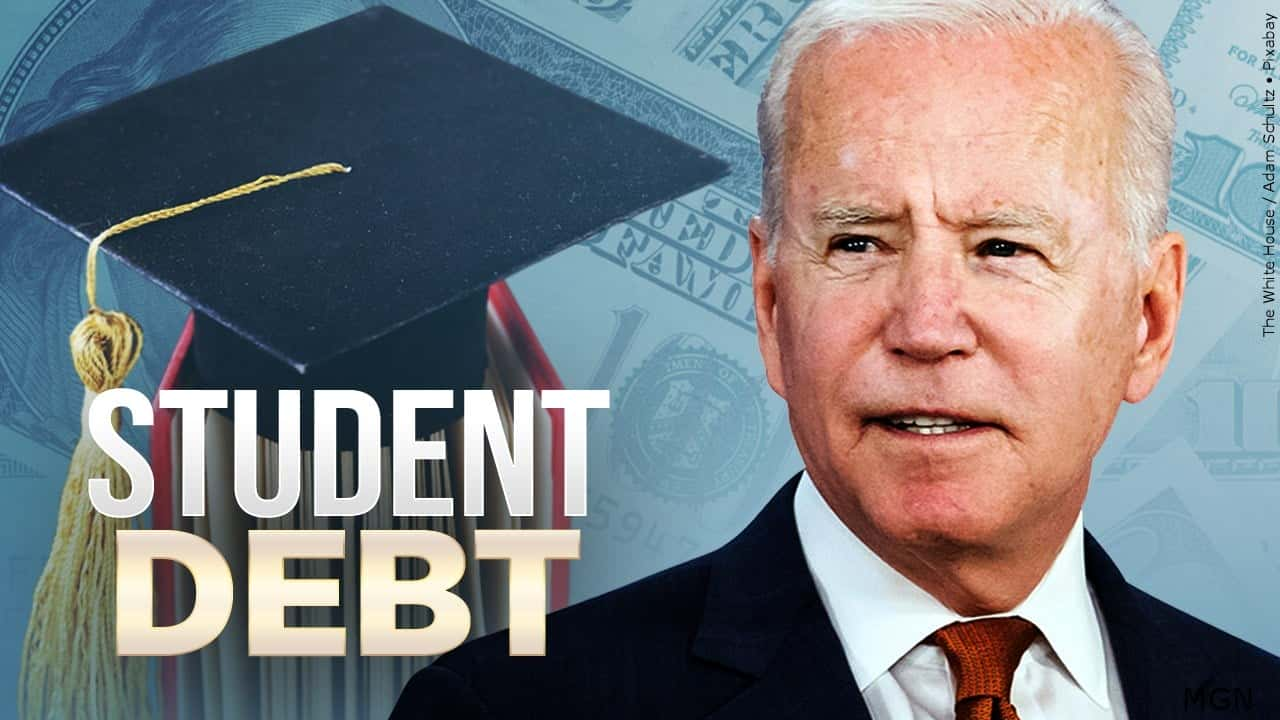With the impending resumption of student loan debt payments in October after a COVID-19-induced hiatus, a new federal repayment plan called SAVE (Saving on a Valuable Education) has been introduced by the Biden administration.

President Biden’s ambitious $20,000 student loan debt relief proposal faced a setback in June, but there’s renewed hope for struggling borrowers
Unlike previous plans, SAVE considers a borrower’s income and family size, not the total student loan debt amount. This new initiative significantly eases the burden for low-income individuals by increasing the income exemption from 150% to 225% of the poverty line. For instance, single borrowers earning $32,800 or less, or families of four earning $67,500, will not have to make student loan debt payments. Borrowers earning more will still save a minimum of $1,000 annually compared to current income-driven plans.
Although SAVE lowers monthly payments, it may extend the repayment period, potentially increasing the overall cost due to accrued interest. However, a key advantage is the elimination of all remaining interest for both subsidized and unsubsidized student loan debt after a scheduled payment is made. Furthermore, borrowers may see their remaining balance forgiven after a decade of consistent payments under this plan.
To enroll in the SAVE plan, borrowers must complete an application for income-driven repayment plans on the Federal Student Aid website
It’s important to note that both SAVE and other income-driven plans necessitate an annual reassessment to account for changes in income or family size. While factors like a raise or marriage may increase monthly payments, married borrowers can opt for separate tax filings to exclude their spouse’s income from the calculation. This initiative brings a glimmer of relief for millions weighed down by student loan debt, offering a more manageable path toward financial stability.




